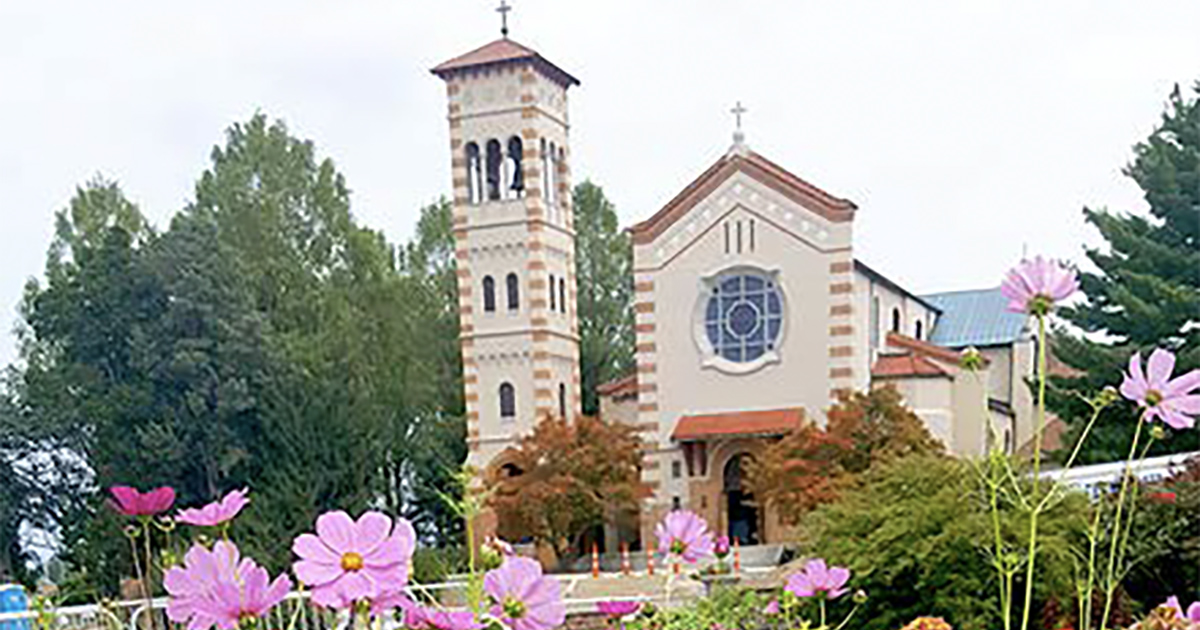
One of the highlights of this year’s LCUSA National Assembly is the Day of Reflection on Thursday, September 5, 2024. You will travel by bus from the hotel to Perryville, Missouri, an important place in the history of the Vincentian Family and home of the National Shrine of Our Lady of the Miraculous Medal. Fr. Richard Gielow, CM., Vincentian Spiritual Advisor, LCUSA, will celebrate Mass. Eucharistic Adoration, a tour of the Shrine and grounds or free time, and lunch are all included in the day’s schedule.
Register now for the Assembly if you haven’t already done so!
Click here for full information
About the the National Shrine of Our Lady of the Miraculous Medal
Source: https://www.amm.org
Saint Mary’s of the Barrens was founded in 1818. On January 6, 1827, the foundation stone for the present church was laid, and contributions from Europe helped local efforts to complete and consecrate the structure in October 1837. The Shrine was built in 1929 to honor our Lady of the Miraculous Medal.
Since the building of the Shrine Chapel in 1929, the church of St. Mary’s of the Barrens has served as the National Shrine of Our Lady of the Miraculous Medal.
Its architecture and decorations reflect its long and interesting history.

There are many paintings in the church depicting the history of the Vincentian community and various devotions. Take a virtual tour of the Shrine.
The Venerable Felix de Andreis, first superior of the Vincentians in the New World, is buried beneath its floor.
Near the tomb of Felix de Andreis is the chapel housing the Shrine of Our Lady of the Miraculous Medal. Here a novena of Masses is offered each month for members of the Association. Here, too, petitions from all over the country are placed near our Lady’s Altar. Adjacent to the Shrine is the Votive Light Sanctuary.
Among the other points of interest are many historic and devotional things to see and do at St. Mary’s of the Barrens, such as the grotto, the mound, and “Bishop Rosati’s Log Cabin.”

